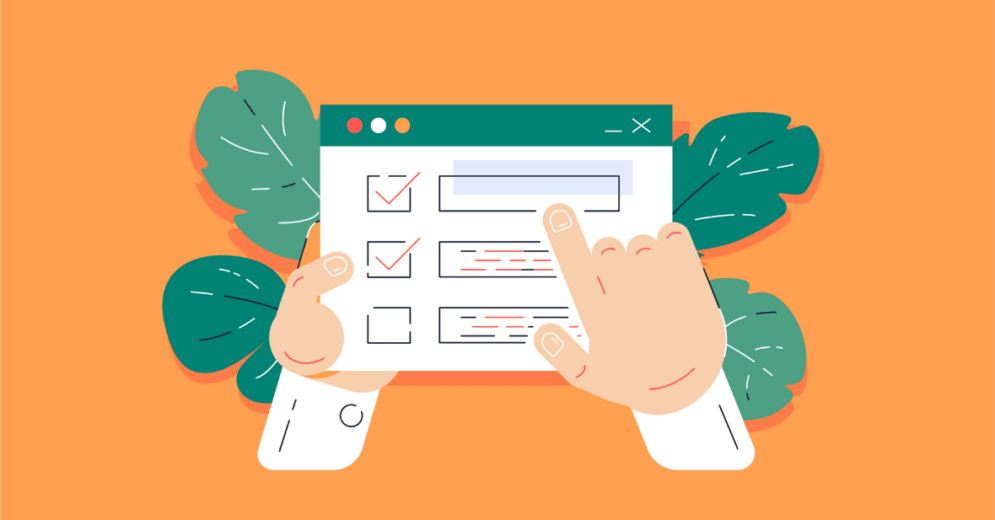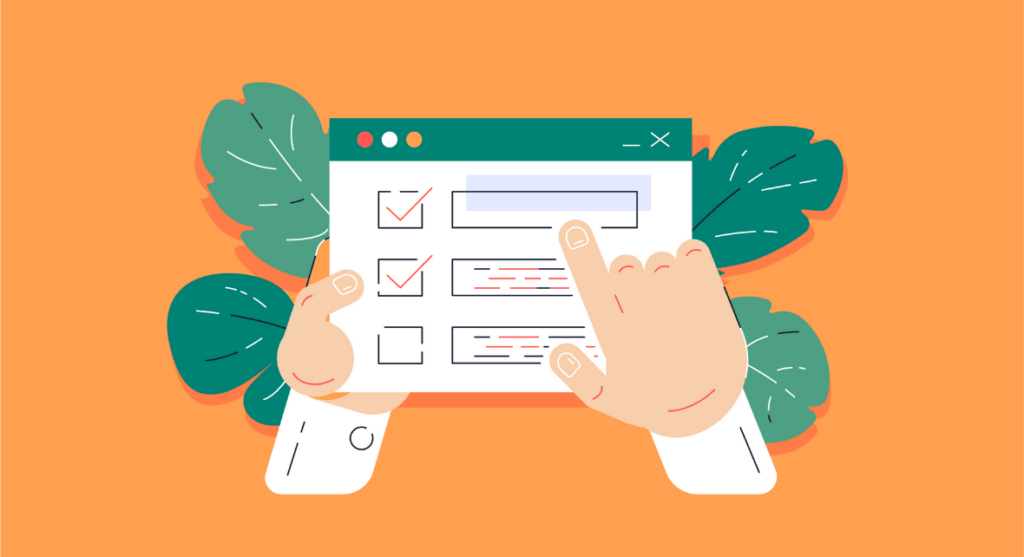UX Design is a very practical field that requires technical skills.
For a job interview, it's not enough to submit your resume and show which companies you've worked for.
It is, therefore, indispensable to build a UX Design portfolio.
A portfolio is a document in which professionals exhibit their work in a visually elaborate way. It’s a a carefully curated selection of your best work that visually represents your professional identity and potential.
Why is it important to have a portfolio?
The first thing that needs to be clear is the difference between a resume and a portfolio.
A resume is a less visual document that aims to present your professional background, career path, and experiences. In this respect, the resume is a more superficial document when it comes to analyzing projects in more detail.
On the other hand, the portfolio is an opportunity to demonstrate your potential and your personality in a visual and specific way, by selecting the most important projects you have completed during your career.
While there are no strict guidelines for creating a portfolio, it is a more flexible format than a standard resume, providing greater creative freedom.
Furthermore, a portfolio enables others to quickly and easily evaluate your work through a visually engaging format.
A portfolio provides visibility for companies
Studies have shown that recruiters typically spend between 6 and 10 seconds reviewing a resume before deciding whether to keep or dismiss it.
Recruiters are often searching for candidates who are a strong cultural and dynamic fit for their company.
Therefore, it's necessary to invest time and effort in presenting yourself professionally. This can be the difference between being invited for an interview or being passed over for the position.
Also, in UX Design, there is a range of skills and functions that can be related to other areas. Thus, the portfolio is a great opportunity to show recruiters other parts and functions of a project you participated in, such as:
- Decision-making process;
- Data analysis
- Development supervision.
Reading Tip: The Importance of Psychology in UX Design

What are the advantages of a UX Design portfolio?
As we saw above, having a portfolio is important for UX/UI Designers. And of course, it's necessary to have a high-quality portfolio. That brings several benefits, such as:
- Competitive advantage – professionals who do not have a portfolio are not considered for job openings;
- Good impression – a well-structured portfolio demonstrates professionalism and maturity;
- Expressing your identity – your portfolio says a lot about who you are and what your identity and work style is.
So, putting together a portfolio demonstrates commitment and professionalism because it takes time, study, and dedication to show your work style and projects.
However, when putting together a portfolio, several questions may arise regarding its creation and editing:
- "What should I include and what should I leave out?"
- "Where should I put this information?"
- "Where do I even begin?"
These are indeed common questions that often arise during the portfolio creation process. That's why we've compiled some helpful tips and suggestions to assist you in building a strong and effective UX Design portfolio.
1) Add a personal touch
As seen above, companies are looking for profiles that fit their culture.
So don't be afraid to subtly demonstrate your personal style. After all, your projects reflect your behavior, your way of thinking, and your actions. This may even be a way to stand out among other candidates.
Here are some examples of portfolios and work of our students that have been successful in landing job opportunities as Product Designers:
- Victor Rosato;
- André Borges;
- Laís Barboza;
- Luka Vasconscelos;
- Debora Seibert
- Gabriel Reichelt;
- Louise Santos;
- Thiago Alvarenga;
- Gabriela Masini;
- Tiago Oliveira.
2) Be professional when building your portfolio
Using website builders like Wix and Cargo Collective are great ways to speed up the process of putting together your portfolio. However, it's important to register your own domain name so that you can send your portfolio under your name and without ads or banners from these websites.
Remember that you are competing for a position and it is very important to show the interviewer your attention to detail.
Reading Tip: Product Manager: Business, Technology, and User Experience
3) Show the processes, not only the final results
It's not rare to find professionals who only present the final results of their projects. However, this is a serious mistake!
Therefore, it's necessary to put in your portfolio brief explanations of the decisions you made to get to the final result. Show that you are able to do even the most complicated parts before the final version.
To that end, be sure to describe:
- The problem being solved;
- People involved in the project
- Tools used;
- Discovery phases – how you solved the problem;
- The process used to overcome the problem: wireframes, prototypes, sketches, personas, user journeys, and research;
- The end result and what happened after the delivery.
All of this is related to the portfolio's storytelling strategy. That is, to tell it in a way that is objective, logical, and holds the audience's attention.
So remember to write about the context of the project, why you eventually changed your mind, what are the next steps, what were the unforeseen events, etc.
Reading Tip: Storytelling: How To Tell The Right Story
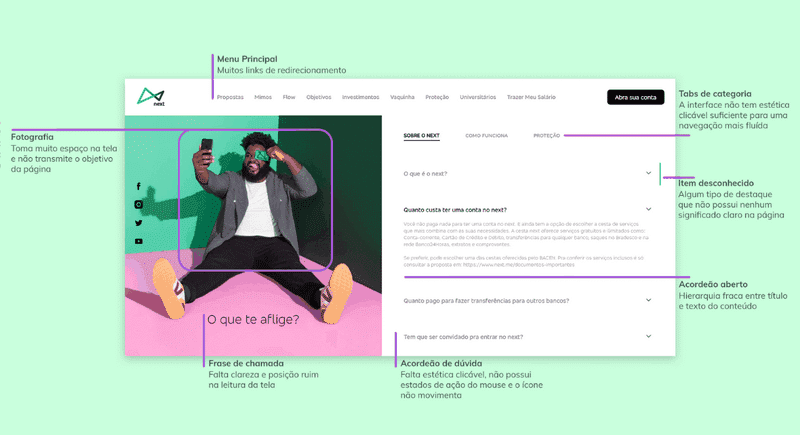
4) Level Adjustment
The experiences of those who are just starting out in UX Design and those who have been in the market for a while are different, and this also affects building the portfolio.
Junior Designer
For professionals with little experience in UX Design, it is advisable to build a portfolio with academic projects.
This is because, perhaps, a junior professional has not yet had the opportunity to participate in a real project.
Although the proposal is to use fictitious projects, it's important to focus on exercises that have real problems and build the portfolio in the same way as if you were using real projects.
Hence, use storytelling, describe the processes and methodologies, and share your line of reasoning.
Although it may seem challenging to land an opportunity using exercise projects in the portfolio, many students in our MID program got their first job using the exercises in the course.
Many of them had never even put together a UX portfolio or had no background in the field. But these factors did not stop them from landing job offers already in the first levels of the MID.

Senior Designer
For more experienced professionals, the tip is to show examples of your team's work on different projects.
Describe what strategies were used, how the division of tasks happened, the final results, etc.
Also, describe the decision-making process, people management, and the post-project results.
For professionals focused on research – UX Research – it's also important to create a portfolio. Show the research processes, the elaboration of personas, user journeys, and discovery phases.
Reading Tip: User Journey Map: Understanding and Improving Interactions
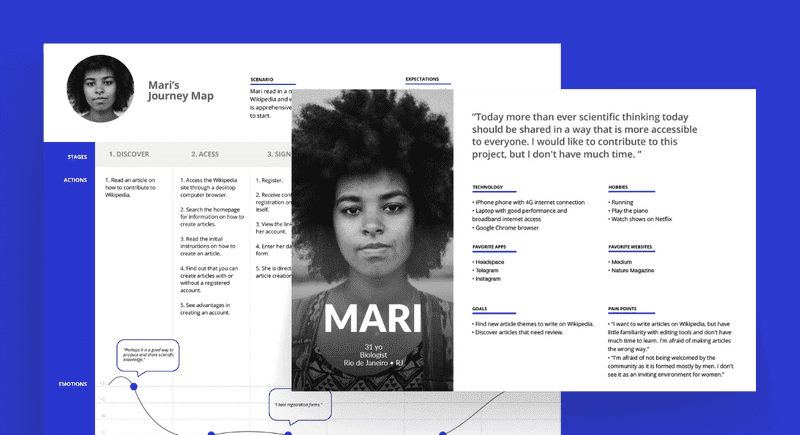
5) Quantity is not always quality
When selecting projects for the portfolio, choose 2 or 3 that make sense for the position applied for. Don't show Graphic Design projects if the position is for UX Design.
Also, recruiters have about 60 seconds to evaluate your portfolio. So if the document is long, tiresome, or not related to the specific area you are applying for, chances are it will not be selected.
Focus on:
- Structuring clear navigation for projects, subheadings, and defined processes;
- Focus on your best work – 3 at the most – and always try to explain and exemplify the steps – use storytelling;
- Include a clear, contextualized overview for a quick understanding of each project;
- Adapt your portfolio to all types of readers/audiences.
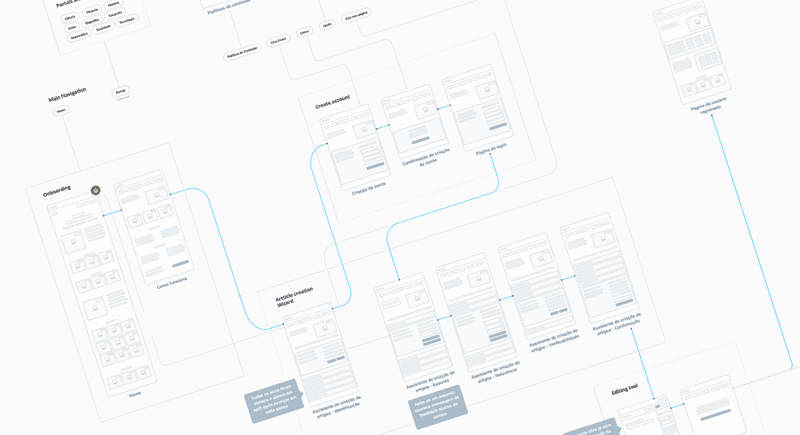
6) LinkedIn for Designers
LinkedIn is a social network focused on professional relationships, making it essential to maintain a presence on this platform and showcase your professional profile, portfolio, and experiences.
It's also important to connect with others in your field to stay current and connected to the market.
Many students in our MID program have found that LinkedIn has made a big difference in their ability to secure UX design opportunities.
"Another point is LinkedIn. Today I realize how important it is to have a professional profile for networking and to showcase your work. That has contributed for me to get my job offer as a UX Designer." – Fábia Coelho
"Changing my position on LinkedIn to UX Designer made all the difference in getting new proposals. I started receiving messages from recruiters daily!" – Fernando Borges
Besides being a platform that shows your professional experience, LinkedIn is also a network where you can share your work and show your evolution and dedication.
"To improve your LinkedIn, make posts and show your work, that's very important. No matter if it's not amazing yet, show that you are developing yourself and trying to improve." – Victor Rosato
Of course, you have to think about a strategy and several other things that influence your authority on the platform.
"Something that has helped a lot was changing my LinkedIn profile to English and making it very detailed. Before, I used both languages – Portuguese and English. It worked, but when I switched to only English it made it easier to update and I started getting a lot more contact on LinkedIn and email." – Barbara Niriz
So if you want to learn more tips on how to use LinkedIn to create more opportunities, read our exclusive article on the subject:

